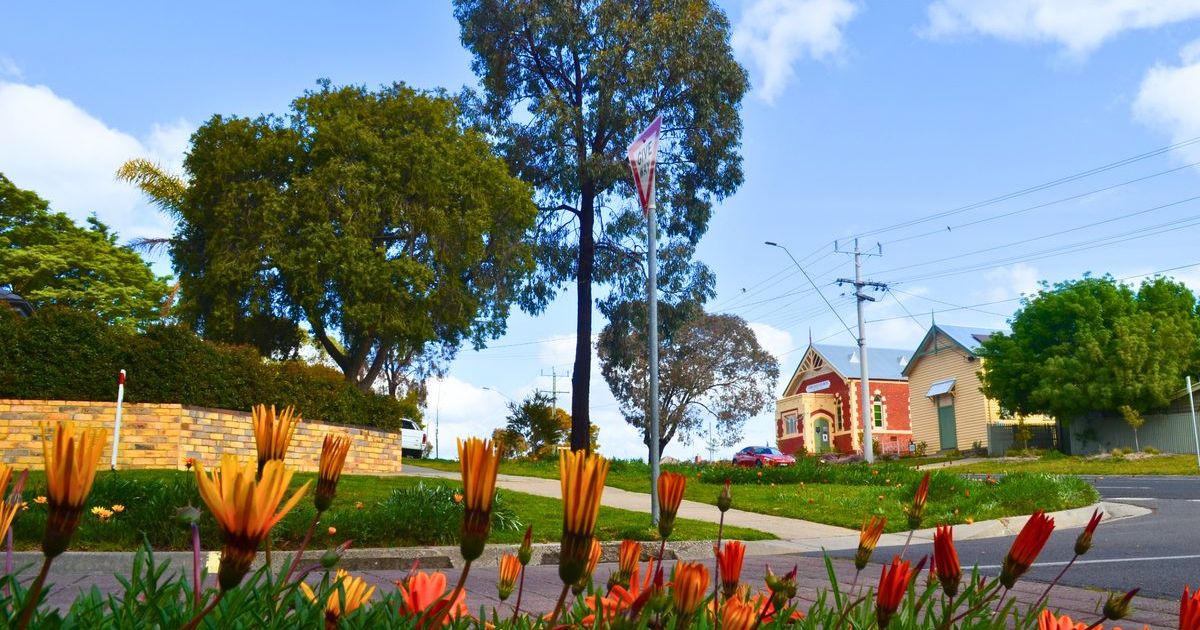From the desk of Roland Rocchiccioli – 9 April

Unpalatable: I never admitted, but I did not much care for the lolly Easter eggs of my youth. Left untouched, it sat for months before secretly I passed it to someone else. Photo: SUPPLIED
Easter is one of the two most important dates in the Christian calendar. It marks the death and resurrection of Jesus, the Nazarene. He is, for Christians, the Son of God.
WHETHER you believe, or not, is immaterial. That is the Easter message, and why it is celebrated.
This is not a religious diatribe, but a reminiscence from a by-gone era.
I remember the quiet of Good Friday in my childhood; a day on which one was expected to maintain a degree of silence. Shops were closed. The town and the mine were silent.
For Roman Catholic families, remembering the goldmining town where I grew-up was 60 per cent Italian and 20 per cent Yugoslav and other Europeans, it was a Holy Day of Obligation. Within reason, children were expected to observe its solemnity. For many adults it was a day of total abstinence.
To eat meat, miss Mass, or not attend the Stations of the Cross on Good Friday was decreed, ex-cathedra, a mortal sin. The ‘doing’ of the Stations involves a 15-step, sombre devotion commemorating Jesus Christ’s last day on Earth as a man. In my youth there were only 14 stops on the road to Calvary. Pope John Paul II added the 15th – the resurrection of Christ. Traditionally, the Stations start at 3pm, the hour Jesus is said to have died, and is followed by a solemn mass.
The altar (stripped of all decoration), the cross, and any statues in the church, were draped in black from the start of Holy Week, beginning on the evening before Palm Sunday, the day Jesus made his triumphal entry into Jerusalem, and culminating with Good Friday. The black, draped Cross was unveiled following Good Friday Mass.
Dramatically, the priest wore black vestments. For a child it was a little frightening. I harboured a genuine, childish fear of offending; of being found wanting in my religious commitment and profound sorrow at the death of the Nazarene. Curiously, the observances were a hybrid combination of Irish and Italian Roman Catholicism. It was deeply revered, and strictly observed by its adherents, mostly women.
Easter Sunday brought one celebratory egg, created from lolly. April desert temperatures hovered around 80 degrees Fahrenheit, or 26 degrees Celsius. Too hot for chocolate!
On reflection, the whole Easter experience feels like another life in another land. Today, it is impossible to assess how much of the ritual was understand. Much was intellectually incomprehensible; dark, mysterious, religious mumbo-jumbo ending with the brutal crucifixion of Jesus.
While it occurred in the middle of the 20th century, I think it was a happy experience. Certainly, I did love the church and its theatrical characteristics.
It would be interesting to know what today’s youth would make of it? I suspect, as a consequence of strident marketing, many think Easter is a celebration of a cuddly bunny bringing chocolate eggs – sold for months before the event! Easter has become a blatant marketing opportunity for supermarkets and the purveyors of chocolate.
While my childhood Easter may not have done us any good, it certainly did us no harm. Religiosity notwithstanding, asked to choose between today’s zeitgeist, and that of way-back then, I would, unhesitatingly, opt for the richness of my Roman Catholic experience.
We are the sum total of our past. Without the religious Easter I might not have ended-up in the theatre. I would argue it was, coupled with Latin, one of the subliminal, contributing influences.
In the true spirit of the religious festivities, I wish you a Happy Easter.
Roland can be contacted with Easter wishes via [email protected].


















